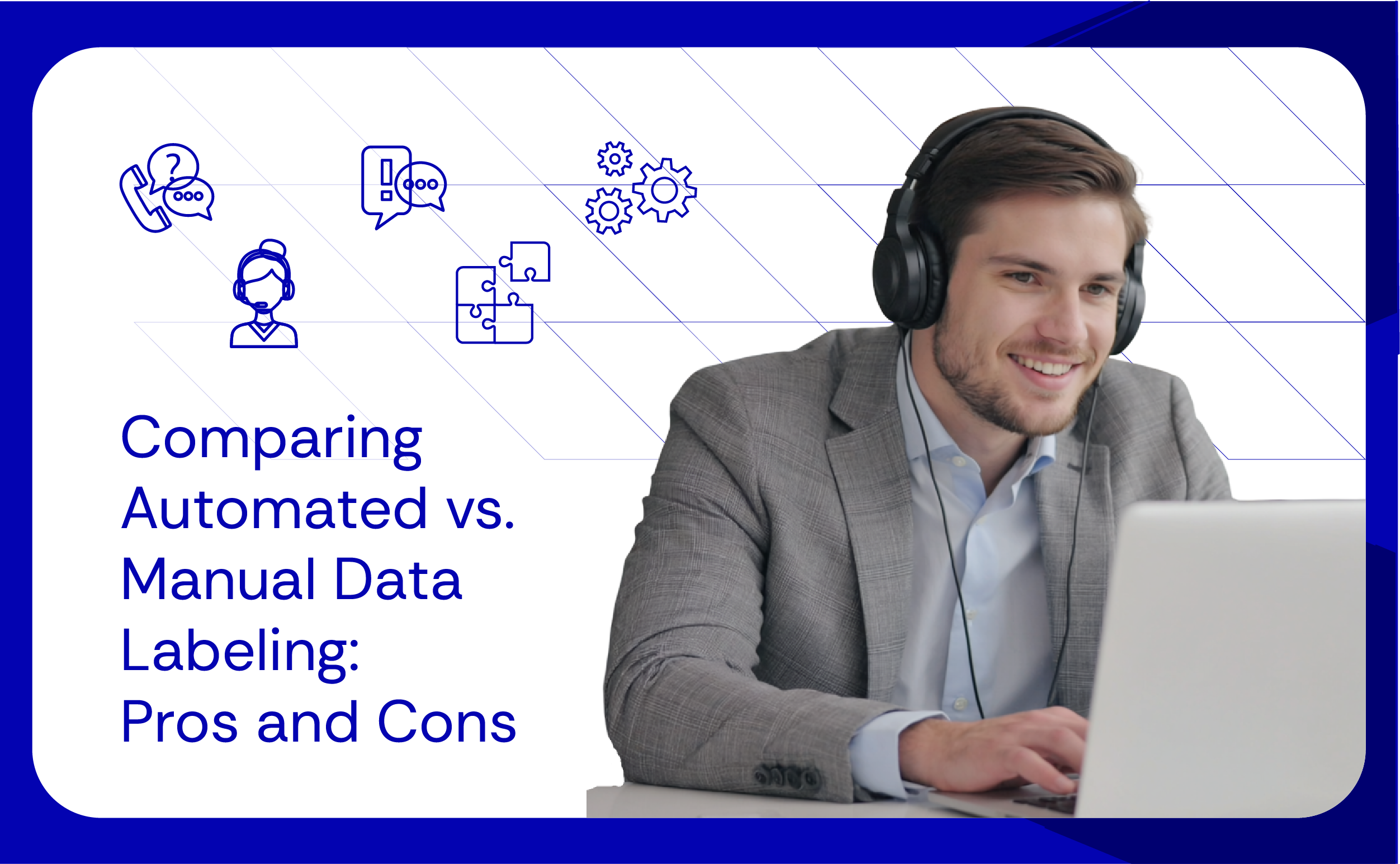Automated labeling is the process of using machine learning algorithms to tag or classify data without human involvement. It learns from a small set of labeled examples and then applies that knowledge to label new data. This method saves time and reduces manual effort. For VPs, Directors and Senior Managers of CX in consumer brands and D2C companies, automated labeling can reduce manual effort in categorizing customer interactions, reviews and support tickets while freeing teams to focus on higher-value tasks like retention, personalization and loyalty.
Recent research found that the AI market will grow by over $100 billion by the end of 2025. For growing D2C brands in the US, UK & Australia with $5M+ revenue, this growth signals not just opportunity but urgency, since scaling support without smarter automation will quickly increase costs. For VPs, Directors of customer experience, this growth signals a clear opportunity as AI is now being used in more products, like self-driving cars and smart home devices. As customer demand for AI grows in 2025, the need for accurate AI systems increases, too!
Please note that AI systems learn from data. But for the system to understand what the data means, the data must be labeled. This is called data labeling. It helps machines recognise what they are seeing or reading. For example, labeling a photo of a dog as “dog” helps the AI understand what a dog looks like.
As a business owner in 2025, you might be investing in AI tools or services. Thus, it is important to know how the data is labeled for the AI model you plan to use. Now, be aware that there are two popular ways of tagging data:
- Manual labeling
- Automated labeling
This comparison is often referred to in industry discussions as AI vs manual skill tagging and it’s a critical factor in deciding which method works best for your goals.
Manual tagging is expensive and takes a lot of time. That’s why many companies in 2025 try to automate the process. However, automation does not always work and manual work is necessary to get the required accuracy.
Thus, both these methods have their own pros and cons which we will study in this article. So, let’s begin and first understand what automated labeling means.
For CX leaders, the real question is whether manual or automated approaches (or a hybrid) deliver the right balance of speed, accuracy and ROI for your specific use case.
What is Automated Data Labeling?
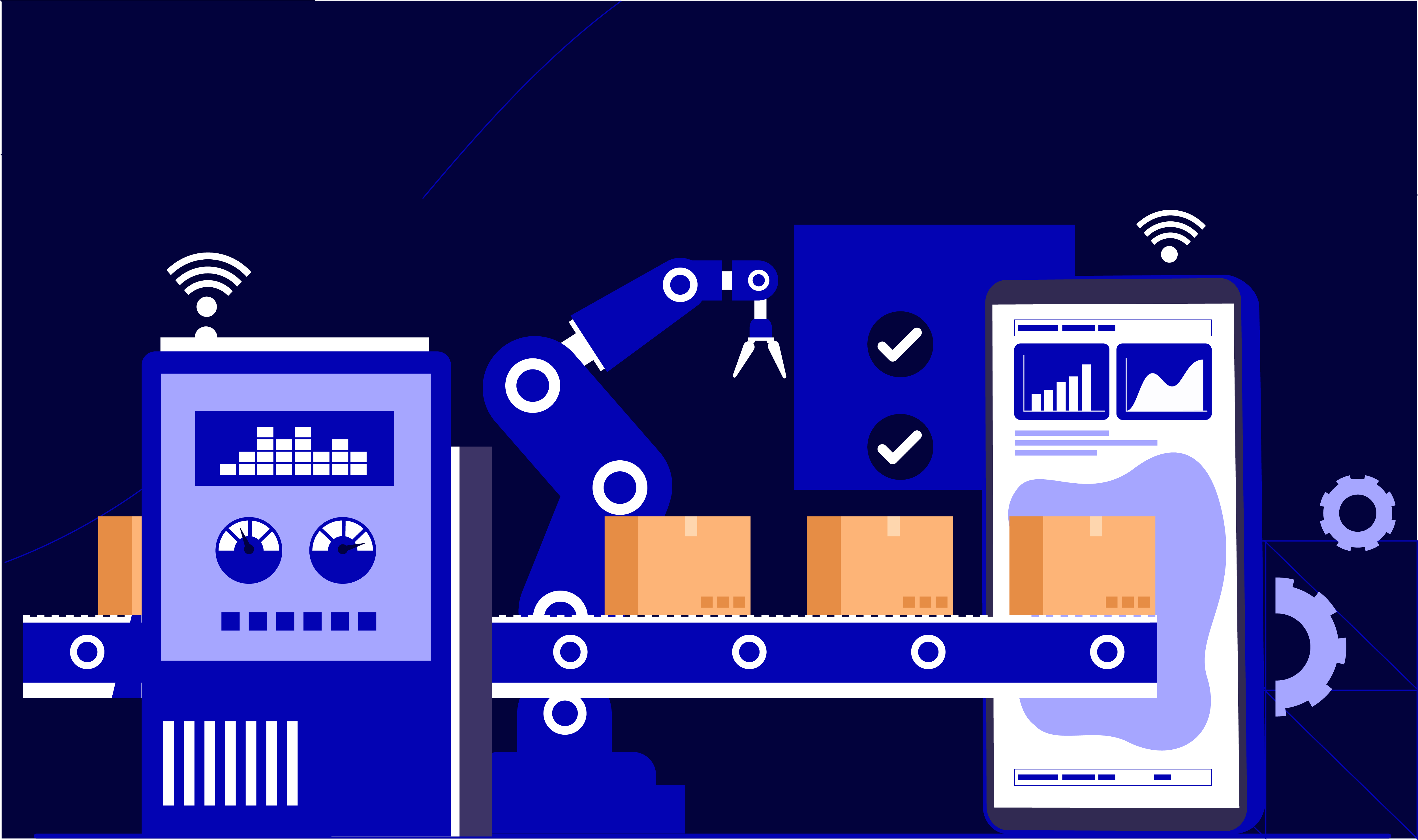
Automated labeling is a way of adding labels/ tags to data (text, videos, images) using machines instead of people. The device used for training uses a special type of AI called “machine learning”.
This technique is often used when companies have large amounts of unstructured data, like:
- Customer reviews
- Emails
- Social media posts
The machine learning-based system looks for similar patterns and groups them together. Let’s understand how it works in the next section. For example, a CX team at a D2C brand handling thousands of reviews monthly can use automated labeling to classify sentiment (“positive,” “neutral,” “negative”) in minutes rather than weeks of manual review.
How Does Automated Data Labeling Work?
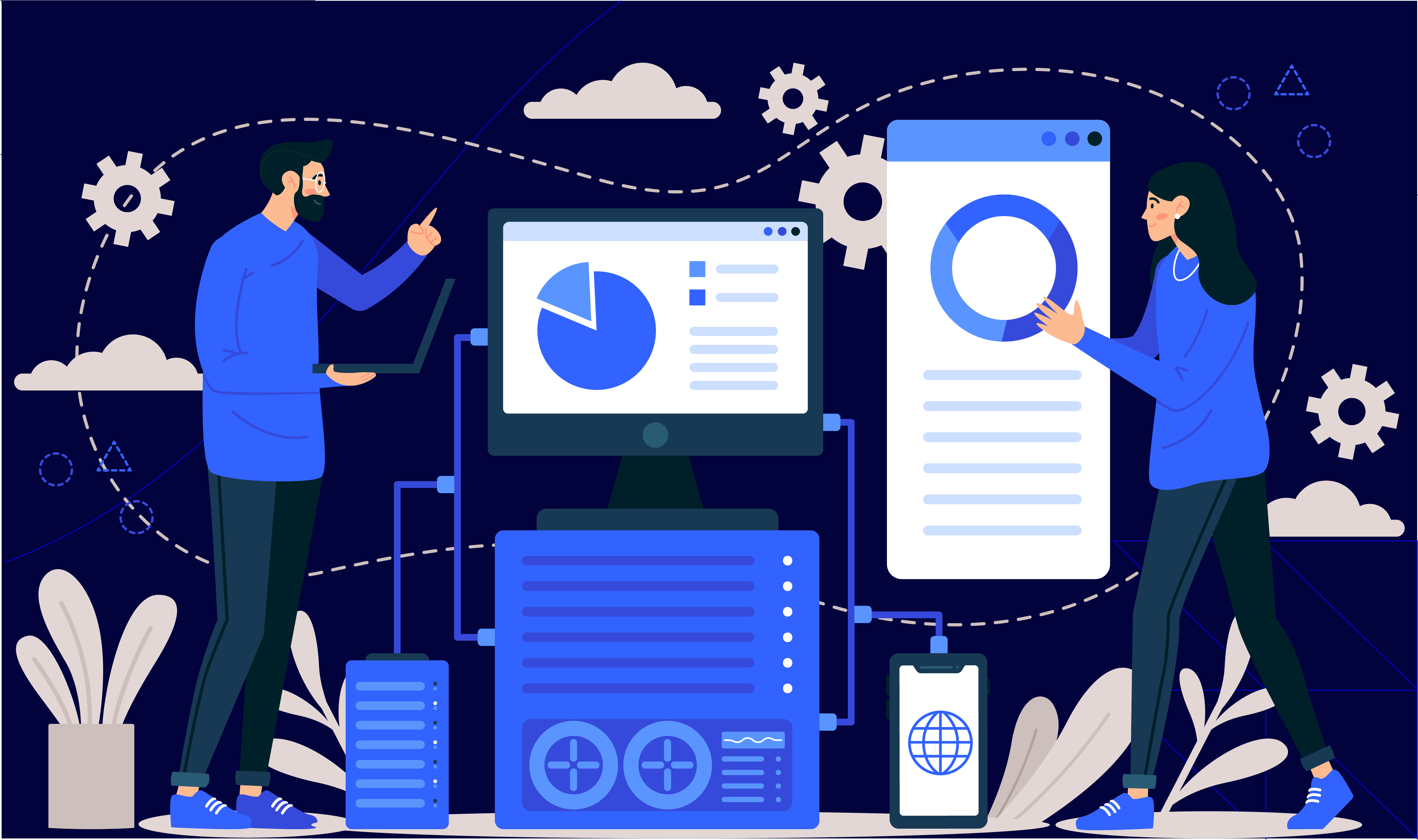
The process of auto-data label operates in the following manner:
Step 1: Start With Labeled Data
You begin by giving the system some sample data. This data has already been labeled by humans. For example,
- Say you’re working with images.
- Now, you might provide 100 photos of animals.
- Each photo is labeled correctly, like “cat,” “dog,” “horse,” etc.
Step 2: Train the Machine Learning Model
You feed this sample data into the system. Now, it studies these examples to learn what patterns are linked to each label. Particularly, it looks at details like shape, colour, and other features.
This process is called training the model. The goal is to let the machine connect data to the correct label.
Step 3: Learn Labeling Rules From Patterns
As it trains, the system starts building its own rules in the background. For example, it might learn that animals with pointy ears and whiskers are usually cats.
These rules are not written by a person! Instead, the system creates them by looking at the labeled data.
Step 4: Apply Labels to New Data Automatically
Once the training is complete, the system can now look at new and unlabeled data. Based on the knowledge gained, it will now apply the correct labels on its own.
For example, it can take a new photo of a cat and label it as a “cat” without any human help.
An Example Related to Business Use
Say you have thousands of customer reviews. Now, you can use the auto data label method to automatically label them as “positive,” “negative,” or “neutral.” This saves time and helps you understand customer feedback faster.
What is Manual Data Labeling?
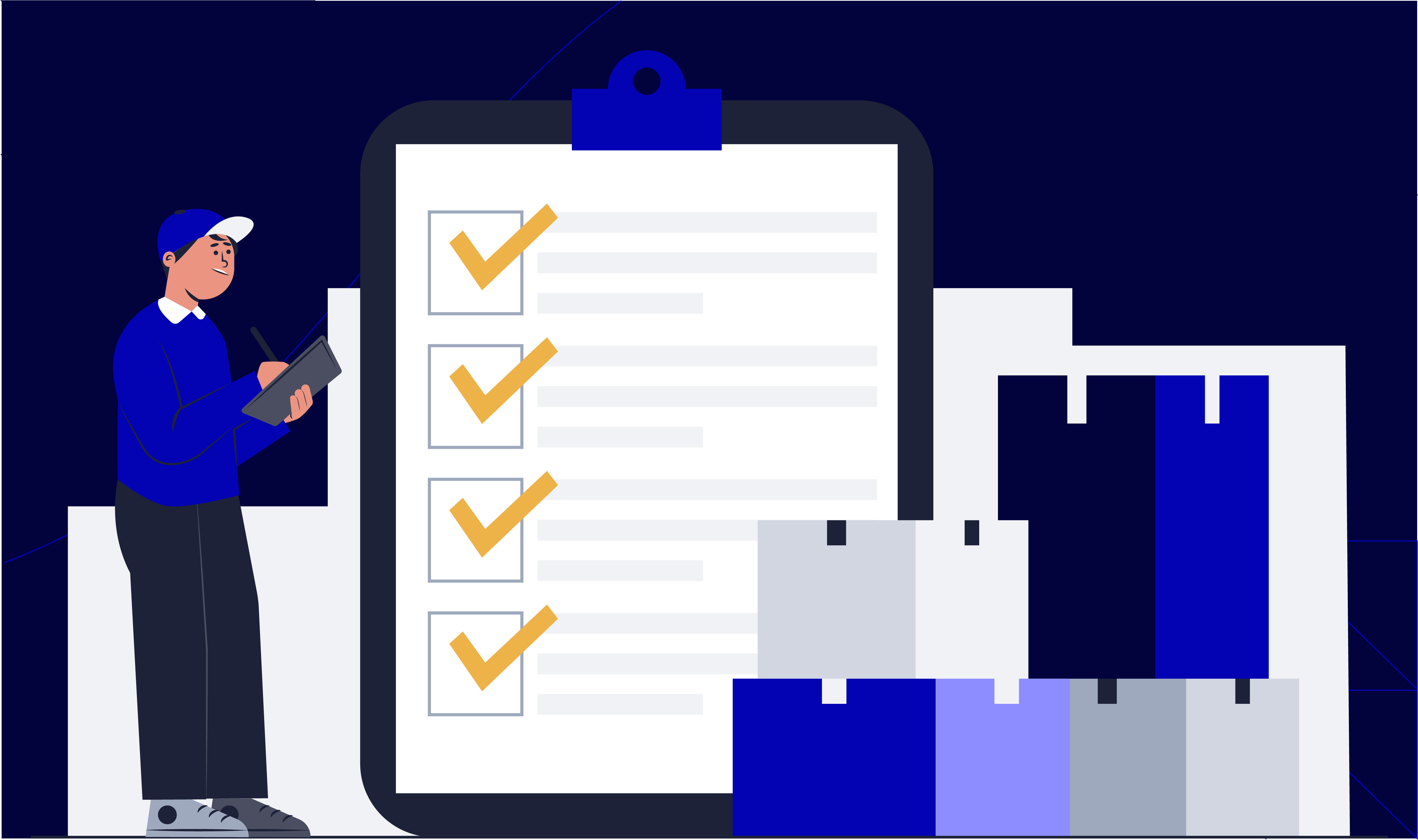
Manual data labeling means that people (not machines) go through data and label it by hand. Let’s see how:
- A human annotator looks at the raw data and reviews them.
- They apply labels using specialised tools.
- These labels help the AI know what the object is and where it is located in the image.
Please note that preparing the data for AI use takes time. A recent report from Cognylitica shows that over 80% of the time spent on most AI projects is used on “data wrangling”, which covers:
- Cleaning
- Organising
- Labeling data
Some Common Manual Labeling Methods
Below are three main methods used in manual labeling:
| Bounding Boxes | Polygon Annotation | Semantic Segmentation |
|
|
|
In high-stakes CX use cases (fraud detection, compliance or sentiment analysis of VIP customers), manual review remains essential as human annotators can spot cultural nuances, sarcasm and edge cases that AI may miss.
Pros and Cons of Automated Data Labeling

Automated labeling saves time and reduces labour costs. However, it can miss new data and even carry errors forward. Let’s form a balanced opinion by looking at both pros and cons of automated labeling:
Pros
- Faster and Lower Cost
- Automated data labeling is done by machines, not people.
- This reduces the time it takes to label large amounts of data.
- It also cuts costs because you don’t need to hire a large team of skilled workers.
- Supports Learning and Model Improvement
- Auto data label systems improve how your AI model learns over time.
- One approach is called active learning.
- This means the system:
- Looks at some sample data
- Learns from it
- Then uses that knowledge to label more data on its own.
- It even keeps improving as it works.
- You can also use automation to support your human labelers:
- The machine does the first round of labeling
- Your team only checks or corrects what’s needed.
- Works Around the Clock
- Automated labeling systems run all day and night without stopping.
- This allows your data to be processed continuously.
- This is particularly useful when you are working on tight deadlines or handling large volumes of data.
Cons
- Struggles With New or Unclear Data
- Automated labeling systems can only label data based on what they have already seen and learned.
- If the system comes across something new or different from its training data, it may not label it correctly.
- Risk of Carrying Errors Forward
- If the auto data label system makes a mistake early on (like labeling a “cat” as a “dog”) that error can continue in future tasks.
- That’s because the machine learns from past data.
- So if past labels were wrong, it will continue using the same wrong information.
- This lowers the quality of the AI’s predictions.
- Less Flexibility With Complex Judgment
-
- Machines follow patterns!
- They are not good at making judgment calls that depend on:
- Context
- Emotion
- Minute differences
- For example,
-
-
- Say you are trying to label customer feedback that includes sarcasm or mixed emotions.
- Now, an automated labeling system might misread it.
-
- Here, human reviewers can understand tone and intent, but machines cannot.
Pros and Cons of Manual Data Labeling
Manual labeling gives more control and leads to better accuracy. However, it is also time-consuming and expensive. Let’s understand both the positives and negatives in detail:
Pros
- More Accurate Results
- When people label data, they can notice details that machines might miss.
- They can label images, text, or video more accurately.
- Human labelers can capture real-world details better than machines.
- Easier to Adjust for Changing Needs
- Manual labeling is more flexible.
- If your product or business goals change, human annotators can adjust how they label the data.
- For example,
- Say you start selling a new product type or change how you classify customer feedback.
- Now, people can quickly learn the new rules.
- In contrast, machines would need new training, which takes more time and effort.
- Better Quality Control
- Humans can check and review the data before it’s used to train an AI model.
- Usually, human reviewers are more likely to catch edge cases that machines may ignore.
Cons
- It is Time-Consuming
- Manual labeling is slow.
- That’s because every data item (like a photo, video, or customer review) must be labeled by a person.
- It Increases Labor Costs
- You need trained people to do the labeling work.
- These people must understand what to look for and follow specific guidelines.
- This kind of skilled labor comes with higher costs.
- It Can Slow Down Your Project
- If you don’t have enough people to label the data, or if the task is too large, your project may be delayed.
- Relying only on manual work, can create a backlog and slow down progress.
Tip: When considering, what are two key differentiators in functionality between labels and business data? Remember that labels are the structured identifiers created for training AI models, whereas business data often remains raw, unstructured and context-dependent. This difference directly impacts both manual and automated labeling strategies.
For most CX leaders, the winning strategy is hybrid: automation for scale, manual QA for accuracy.
Want to Boost CX Using AI? Let Atidiv Achieve It For You!
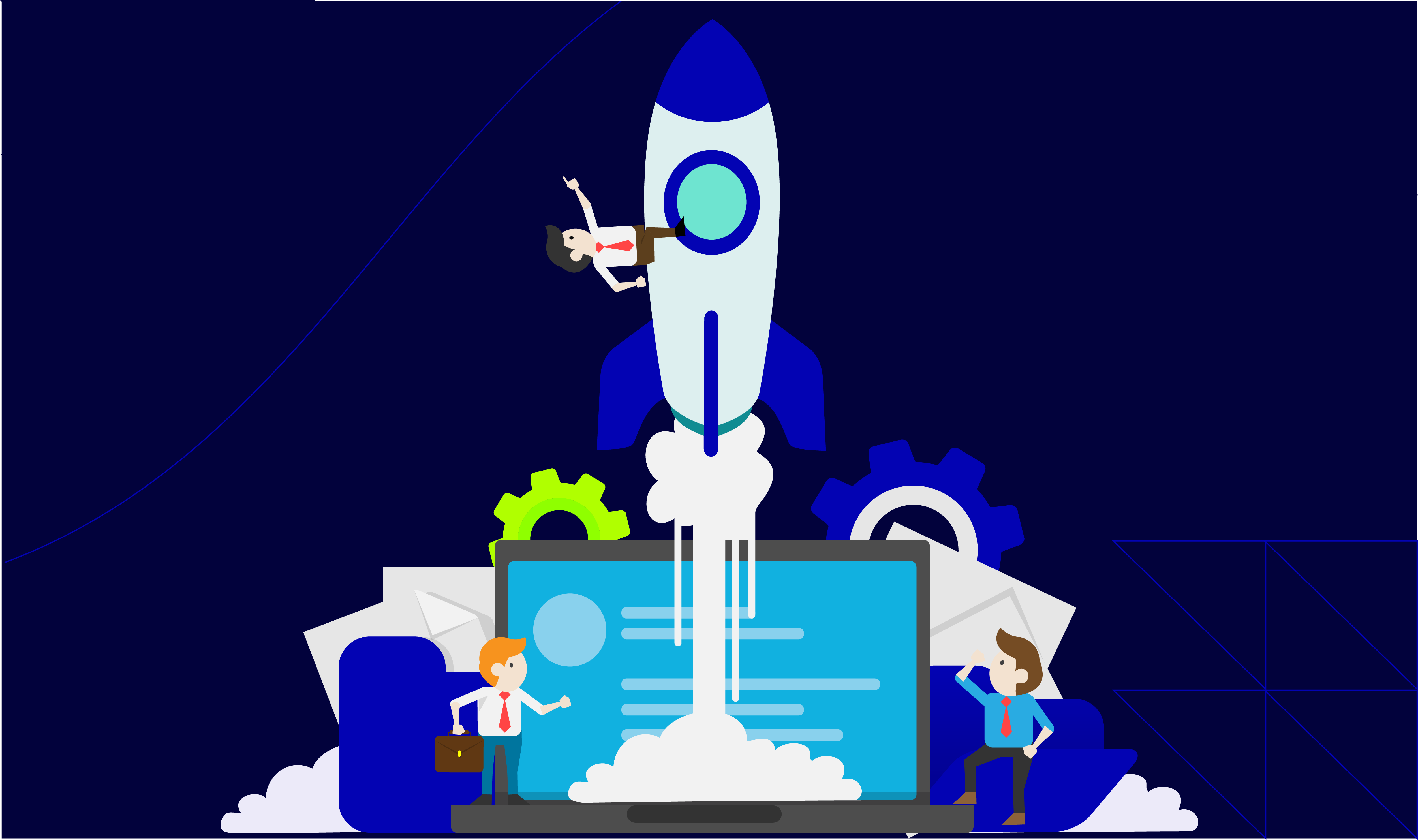
As more companies use AI, data labeling is becoming more important. A research firm reported that the data labeling tools market was worth over USD 18.63 billion in 2024. It is expected to grow at a CAGR of 20.3% from 2025 to 2030.
However, businesses must choose between manual and automated data labeling based on their needs. Manual labeling offers high accuracy and flexibility but is time-consuming and costly.
Atidiv specializes in helping consumer brands and D2C companies in the US, UK & Australia implement scalable, ROI-driven labeling strategies. Recently, we saved $1.3M for a U.S. tire retailer and $500K annually for a UK-based brand by handling over 230,000 multilingual support tickets using a hybrid manual + automated approach.
In contrast, automated labeling saves time and lowers costs but may struggle with complex or unfamiliar data. Therefore, often, a hybrid approach works best:
- Using automation for volume
- Manual review for accuracy
Are you looking to boost CX using AI? We at Atidiv are CX specialists! Our expert team uses the latest AI tools to turn customer support into loyalty-building moments. Recently, Atidiv saved $1.3M for a U.S. tire retailer and $500K annually for a UK firm by managing over 2,30,000 support tickets.
We also offer omnichannel support across chat, email services outsourcing, and social media support. Partner with Atidiv today! Offer your customers the best while staying lean and agile!
FAQs on Automated Labeling
1. What is the difference between manual and automated labeling?
Manual data labeling is done by people who tag data by hand. Whereas, automated data labeling uses machines to do the tagging based on patterns learned from past examples.
Please note that manual labeling is more accurate, while automated labeling is faster and cheaper.
2. Why is data labeling important in AI?
AI learns from labeled data. Without proper labeling, the AI won’t know what the data means. Labeling allows the system to:
- Understand data
- Analyse it
- Act accurately based on the input it receives
3. When should I choose manual data labeling?
You can go for manual labeling when:
- You need high-accuracy
- You are dealing with sensitive content
- The data is complex or new
Be aware that human labelers are often better at making judgment calls and spotting small details that machines might miss.
4. Can automated labeling fully replace humans?
Not yet! Automated labeling is fast, but it can miss rare or complex cases. Human review is still needed to maintain the accuracy and quality of the data.
